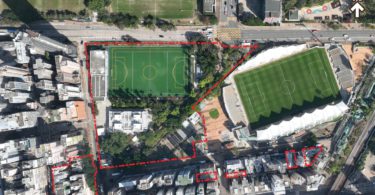A record 96,000 units will be added to Hong Kong’s private housing supply over the next three to four years, according to the Transport & Housing Bureau’s latest quarterly data. This marks a 2 percent increase from the previous projection, thanks to the Hong Kong government’s efforts to accelerate land sales to bolster flat supply.
However, as reported by the South China Morning Post, some analysts doubt this increased supply will reverse the surge in housing prices in the world’s most expensive city. “Prices will be supported by strong demand from end users, but growth pace may slow down,” said Knight Frank’s senior director Thomas Lam.
Hong Kong’s home price index, which tracks prices in the secondary market, rose for the 12th consecutive month in March, to a record 319.8, according to the Rating & Valuation Department.
Property prices are expected to peak in the first half of 2017, according to Nomura’s property analyst Joyce Kwock.
Along with that, newly launched properties have shrunk to an average of 600 square feet in 2016, down 40 percent from 1,000 sq ft in 2013, according to the Building Authority’s data.
All these, however, have not dampened buyers’ enthusiasm, as can be seen by the crowd queuing on Friday to bid for 96 units of Parc Inverness luxury apartments in Kowloon Tong by ChinaChem, priced between HKD18,000 and HKD31,000 per sq ft, after a 7.1 percent discount.
As many as 61,000 units of private housing are under construction in Hong Kong, according to government data. Up to 27,000 units have been earmarked on land sites sold by the government where construction work is pending, while 8,000 units remain unsold in completed housing projects around the city.
The government’s cooling measures have pushed home seekers to the primary market, where developers are offering flexible financing schemes, discounts and sweeteners, said Midland Realty’s chief analyst Buggle Lau. “The government should unlock the existing flat supply in the secondary market by relaxing the restrictions to cool the red hot market.” — Construction+ Online










